How to Speed Write: A Comprehensive Guide to Writing Faster
The ability to write quickly and efficiently has become an indispensable skill. Whether you're a student burning the midnight oil to finish an essay,...
3 min read
 Writing Team
:
Dec 17, 2024 11:53:53 AM
Writing Team
:
Dec 17, 2024 11:53:53 AM
-Dec-17-2024-04-53-12-0380-PM.png)
As professional writers, understanding and mastering tone is essential for engaging diverse audiences. Tone sets the mood, influences interpretation, and connects with readers on an emotional and intellectual level. Whether you are writing technical documentation, marketing content, or creative prose, choosing the right tone can elevate your work.
In this article, we explore different tones in writing, with examples from thought leaders, modern writers, and literary experts. Let’s examine how tone shapes communication and when to use specific approaches to achieve your writing goals.
Tone refers to the attitude a writer conveys toward the audience or subject matter. It is expressed through word choice, sentence structure, and stylistic elements. While tone can be subtle, it greatly influences how readers perceive and engage with the text.
Formal
Informal
Conversational
Persuasive
Neutral or Objective
Humorous
Optimistic or Encouraging
Critical or Skeptical
Inspirational
Let’s examine these tones with examples from contemporary writers and thought leaders.
A formal tone is precise, structured, and avoids colloquial language. It is commonly used in academic writing, professional reports, and official documents.
Example: Yuval Noah Harari’s Sapiens: A Brief History of Humankind:
“Culture tends to argue that it forbids only that which is unnatural. But from a biological perspective, nothing is unnatural. Whatever is possible is by definition also natural.”
When to Use It:
Technical documentation
Research papers
Professional reports
An informal tone is relaxed, conversational, and uses everyday language. It often includes contractions, idioms, and personal anecdotes.
Example: Mark Manson’s The Subtle Art of Not Giving a F***:
“Not giving a f*** does not mean being indifferent; it means being comfortable with being different.”
When to Use It:
Blogs or opinion pieces
Informal communication with colleagues
Audience-targeted marketing
This tone mimics natural speech, inviting readers into an easygoing dialogue. It’s engaging and ideal for creating a strong connection with readers.
Example: Ann Handley’s Everybody Writes:
“You don’t need to be Hemingway. You just need to write like a human. Write like you talk, but better.”
When to Use It:
Newsletters
Social media posts
Instructional content for non-technical audiences
A persuasive tone aims to influence readers, encouraging them to adopt a viewpoint, take action, or consider a product or idea.
Example: Simon Sinek’s Start with Why:
“People don’t buy what you do; they buy why you do it. And what you do simply proves what you believe.”
When to Use It:
Marketing copy
Speeches and presentations
Opinion essays
A neutral tone delivers facts and information without emotion or personal opinion. It’s clear, concise, and highly professional.
Example: API documentation:
“The endpoint retrieves user account data in JSON format. It accepts GET requests and requires authentication via API key.”
When to Use It:
Technical and user documentation
Scientific writing
Instruction manuals
Humor can lighten heavy subjects, engage readers, and add personality to your writing.
Example: David Sedaris’ Me Talk Pretty One Day:
“Every day spent with you is like having a cesarean section.”
When to Use It:
Blogs and light-hearted articles
Marketing campaigns targeting playful audiences
Personal essays
An optimistic tone inspires positivity and action. It’s often found in self-help literature, motivational content, and company culture communications.
Example: Brené Brown’s Daring Greatly:
“Courage starts with showing up and letting ourselves be seen.”
When to Use It:
Motivational speeches or content
Company culture and HR documents
Audience-targeted branding
This tone challenges ideas, questions assumptions, and often introduces alternative perspectives.
Example: George Orwell’s 1984:
“Freedom is the freedom to say that two plus two make four. If that is granted, all else follows.”
When to Use It:
Reviews or critiques
Analytical essays
Investigative journalism
An inspirational tone motivates readers with emotionally uplifting ideas and stories.
Example: Michelle Obama’s Becoming:
“Now I think it’s one of the most useless questions an adult can ask a child—What do you want to be when you grow up? As if growing up is finite.”
When to Use It:
Leadership content
Motivational talks
Purpose-driven marketing campaigns
Tone is a powerful tool that helps professional writers craft meaningful messages. Whether you are writing technical documentation, marketing campaigns, or creative prose, choosing the right tone ensures your work resonates with the audience.
By studying the works of thought leaders and modern writers—like Brené Brown, Simon Sinek, and Ann Handley—you can adopt various tones to suit specific writing goals. Master tone, and you master the art of communication.

The ability to write quickly and efficiently has become an indispensable skill. Whether you're a student burning the midnight oil to finish an essay,...
%20(1)-2.png)
Writers have to be creative on demand. To succeed in this inherently creative profession, it’s important to practice!
.png)
In the realm of human cognition, few concepts are as intriguing and controversial as mind control. While often associated with science fiction or...